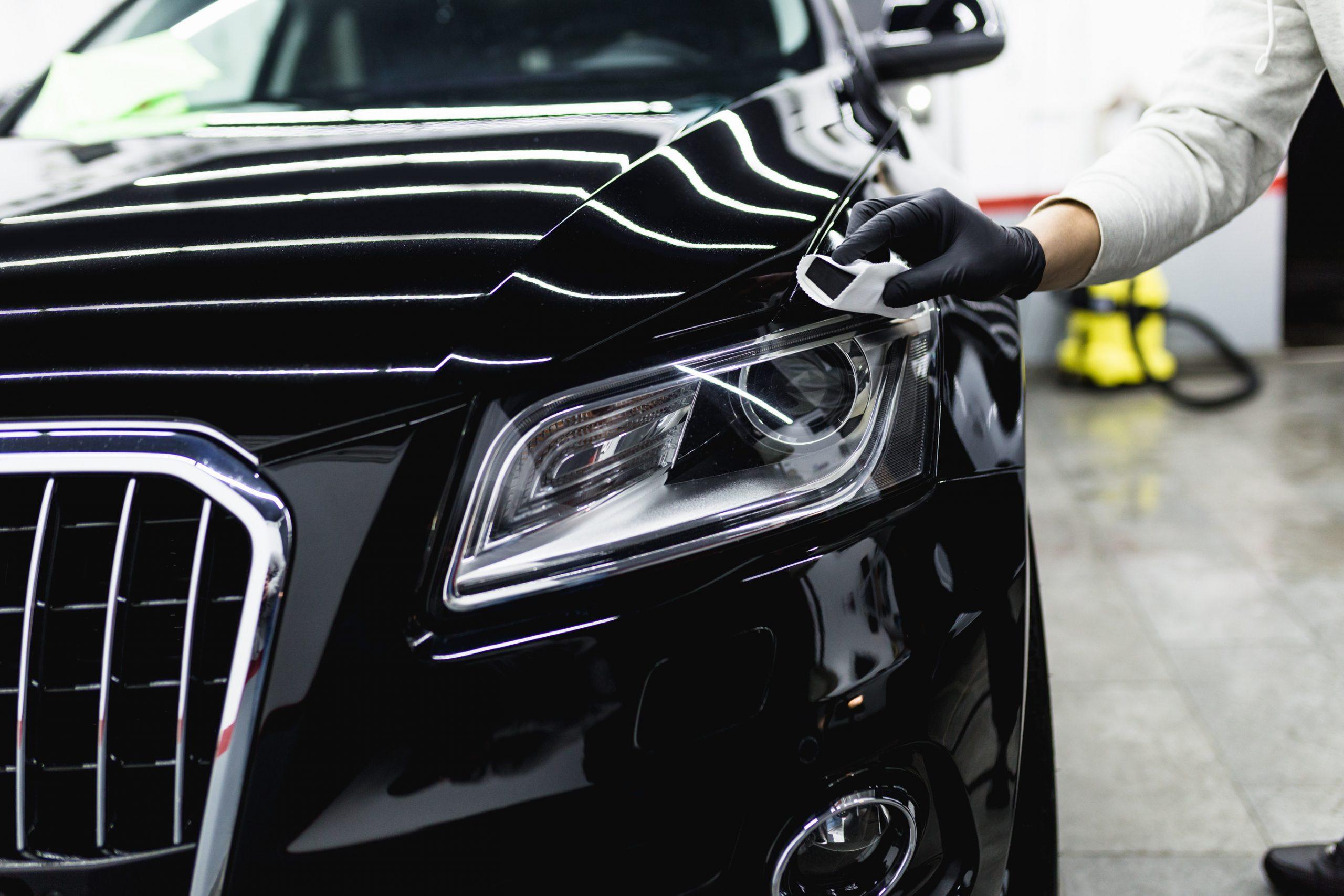Paint Protection Film (PPF) is one of the best ways to preserve your vehicle’s appearance. It shields your paint from scratches, stone chips, and contaminants. But after installation, many car owners unintentionally damage the film by following incorrect care practices. Proper maintenance plays a major role in durability, clarity, and performance.
In this guide, we will walk through the most common mistakes you must avoid. You will also understand how ppf car protection and nano ceramic coating complement each other when maintained properly.
1. Washing Your Car Too Soon
After PPF installation, the film needs time to settle and bond with the paint. Washing your car immediately can weaken the adhesive and cause lifting at the edges. Most professionals suggest waiting at least 7 days before washing.
During this period, avoid pressure washers, automatic car washes, and harsh soaps. Let the film breathe and allow moisture beneath the surface to evaporate naturally.
2. Using Harsh or Abrasive Cleaning Products
PPF is strong, but not immune to damage from aggressive cleaners. Products containing bleach, ammonia, or alcohol can cause discoloration, streaking, or loss of clarity.
Stick to pH-neutral shampoos and soft microfiber towels. Abrasive sponges or brushes may scratch the surface and reduce the film’s gloss.
3. Ignoring the Curing Process
The curing phase is crucial for long-term performance. During the first week:
-
Avoid extreme heat
-
Avoid heavy rainfall
-
Don’t press the edges
-
Don’t try to remove bubbles manually
Small moisture pockets or haziness are normal and disappear as the film cures. Disturbing the film during this stage can lead to permanent marks or lifting.
4. Incorrect Pressure Washer Use
Pressure washers can be safe, but only when used correctly. Holding the nozzle too close or spraying directly on the edges may cause peeling.
Keep the nozzle 12 inches away from the car’s surface and use low pressure. Avoid sharp angles, especially around corners and edges.
5. Parking Under Trees or Polluted Areas
Tree sap, bird droppings, and industrial dust can stain or etch into the film if left for long periods. Even though PPF is protective, contaminants can still embed themselves into the top layer.
Avoid parking under trees or near construction sites. Clean any droppings or sap immediately using a microfiber cloth and mild cleaner.
6. Neglecting Regular Maintenance
PPF is low-maintenance but not maintenance-free. Ignoring regular cleaning leads to dirt buildup, dulling, and staining.
Wash your car regularly and keep the film free from contaminants. Use PPF-safe sealants if needed.
Avoid waxing unless the product specifically supports PPF applications.
7. Improper Polishing Techniques
Because of its self-healing properties, PPF doesn’t require frequent polishing. Polishing too aggressively or using the wrong compound can damage the clear coat of the film.
If polishing is necessary:
-
Use mild polishes
-
Avoid rotary buffers
-
Never polish matte PPF
Always check compatibility before using any polishing product.
8. Not Taking Care of PPF Edges
Edges are the first areas to lift if mishandled. Harsh washing, constant touching, or pressure washer misuse can cause peeling.
When cleaning, wipe gently from the center outward. Avoid rubbing directly on the edges.
9. Thinking PPF Alone Is Enough Protection
PPF protects against impact, chips, and light scratches. But pairing it with additional protection—such as nano ceramic coating—enhances benefits.
Ceramic coatings add hydrophobic properties, UV resistance, and ease of cleaning. If applying a coating, ensure the formula is PPF-safe.
10. Believing PPF Makes Your Car Damage-Proof
PPF is durable, but not indestructible. It protects from daily wear but cannot withstand deep scratches, sharp objects, or heavy collisions.
Maintaining safe driving habits, proper cleaning, and regular inspections will ensure your film performs at its best.
11. Using Automatic Car Washes
Brush-based automatic car washes are too rough for PPF. They cause swirl marks, micro-scratches, and premature dullness.
Touchless washes may still use harsh chemicals that weaken the film over time.
Hand washing is always the safest option.
12. Not Checking Product Labels
Before applying any cleaner, wax, or sealant, make sure it clearly says it is safe for PPF. Incompatible products can cause cloudiness, residue, or deterioration.
If unsure, skip it. It’s always better to avoid risk.
13. Failing to Inspect the Film Regularly
Over time, the film may show early signs of wear such as:
-
Yellowing
-
Lifting corners
-
Tiny bubbles
-
Surface dullness
A quick monthly inspection helps detect issues before they spread. Early repairs are easier and more affordable.
14. Using Dirty Towels or Sponges
Dirty microfiber towels contain particles that can scratch the film. Always use clean, high-quality cloths.
Store towels in sealed containers and wash them separately from household laundry.
15. Expecting PPF to Stay Perfect Without Care
Many car owners assume PPF is a one-time installation requiring no further attention. But environmental elements, washing habits, and daily use impact its lifespan.
Treat it like any other protective layer—clean it regularly, inspect it, and protect it using safe products.
16. Skipping Annual Service or Maintenance Checks
Even though PPF is durable, a professional check-up once or twice a year helps ensure everything stays in top shape. Experts can fix small lifts, refresh the film, and offer advice for better maintenance.
This also helps extend the life of ppf car protection and keeps your vehicle looking newer for longer.
Wrapping Up
Getting PPF installed is a smart decision, but proper care is what ensures long-lasting results. Avoiding common mistakes—such as washing too soon, using harsh products, or skipping regular maintenance—helps preserve clarity, gloss, and durability.
When maintained correctly, PPF continues to protect your paint, improve appearance, and shield your car from damage. Enhancing the film with ppf car protection strategies and optional upgrades like nano ceramic coating gives your vehicle an added layer of defense.
With the right habits, your PPF will keep your car looking flawless and protected for years to come.



